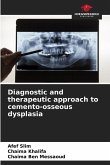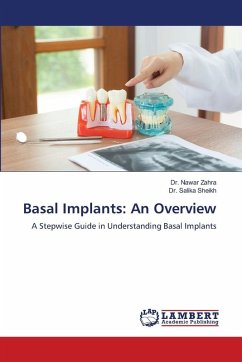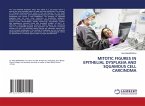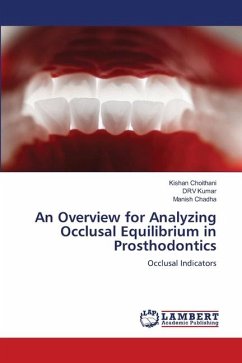Ectodermal dysplasia (ED) refers to a heterogeneous group of inherited disorders characterized by abnormalities in two or more structures derived from the embryonic ectoderm, primarily affecting the skin, hair, nails, teeth, and sweat glands. The condition results from mutations in various genes, most commonly EDA, EDAR, and TP63, with inheritance patterns that include X-linked, autosomal dominant, and autosomal recessive forms. Clinically, affected individuals may present with sparse hair (hypotrichosis), missing or misshapen teeth (hypodontia or anodontia), reduced ability to sweat (hypohidrosis), and distinctive facial features. Diagnosis is based on clinical evaluation, family history, and genetic testing. There is no cure, and management is multidisciplinary, focusing on symptom relief, dental rehabilitation, temperature regulation, and psychosocial support. Advances in genetic research and prenatal diagnostics are improving early detection and opening avenues for potential gene-based therapies. Understanding the molecular basis of ED enhances both prognosis and the development of targeted interventions.
Bitte wählen Sie Ihr Anliegen aus.
Rechnungen
Retourenschein anfordern
Bestellstatus
Storno








